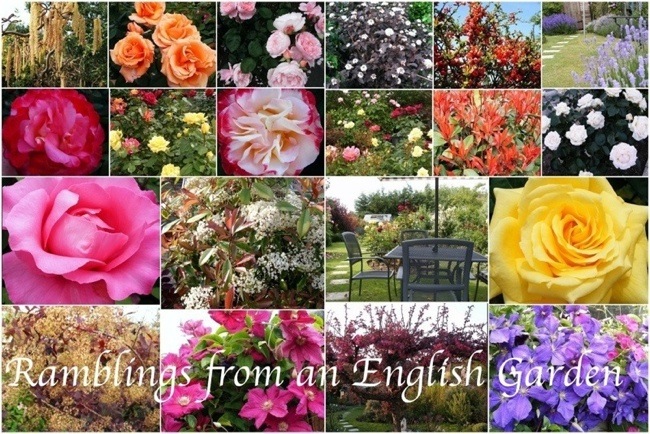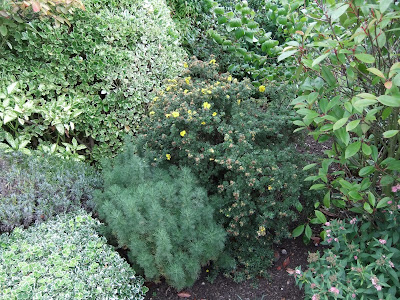No sign of Autumn colours yet in my garden but there are some reminders of Summer with a late flush of Roses. Nothing like the great show of June but still enough to stop and enjoy
Tuesday and Wednesday the temperature rose to 75f but by Friday we were lucky to have it reach 57f which made it feel like summer was behind us.
One of the noticeable benefits of Winter here is that tv programmes begin to look up and I was not disappointed tonight to see the first 90 minute long installment of a new costume drama.
Downton Abbey by the same script writer as Gosford Park has me hooked already. There could be no better location than Highclere, one of our countries finest houses with some of our best actors and a riveting storyline so far.
Amongst my ruminations I must make mention of the recent visit of the Pope to England. I am not a Roman Catholic but was absolutely thrilled the way he brought Christianity to the forefront and the challenges he put before people which even had our Prime Minister speaking about faith and morality.
There has been much positive comment in the media since.
This morning our house church was back 'doing church' at our local hospital and much prayer went up in and around the whole place before fellowshipping with coffee in the restaurant
Alan and I took advantage of one of the beautiful warm and sunny days this week and spent the day in Cambridge. Having taken 165 photos I will certainly have quite a number of posts on this very interesting city as soon as I can get to sorting them all out.
So stay tuned, they will eventually be up


.jpg)






































.jpg)




















